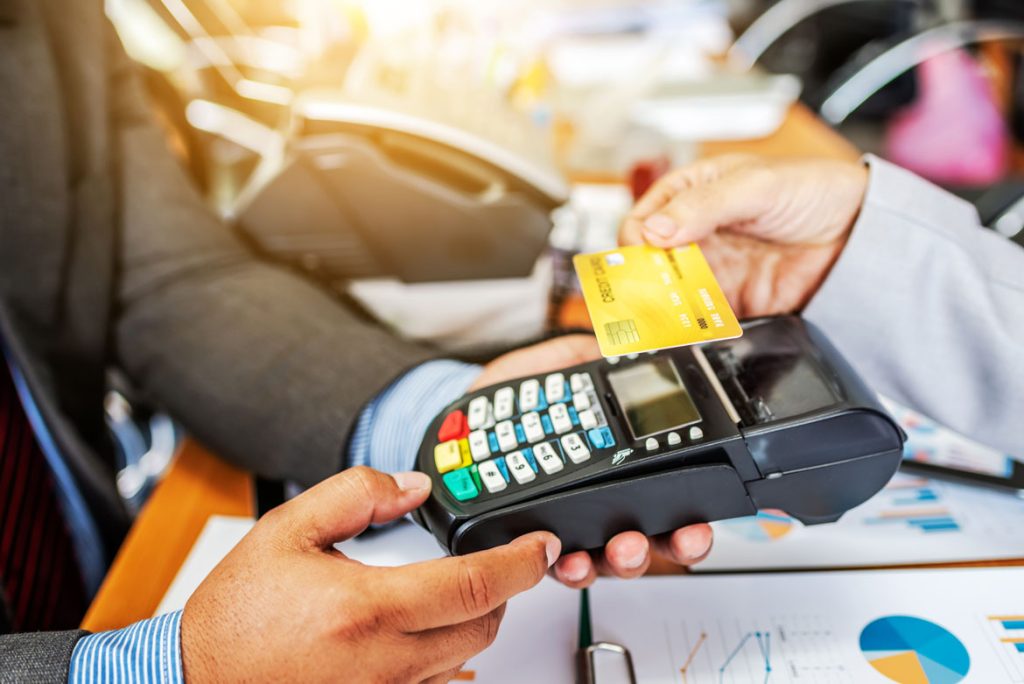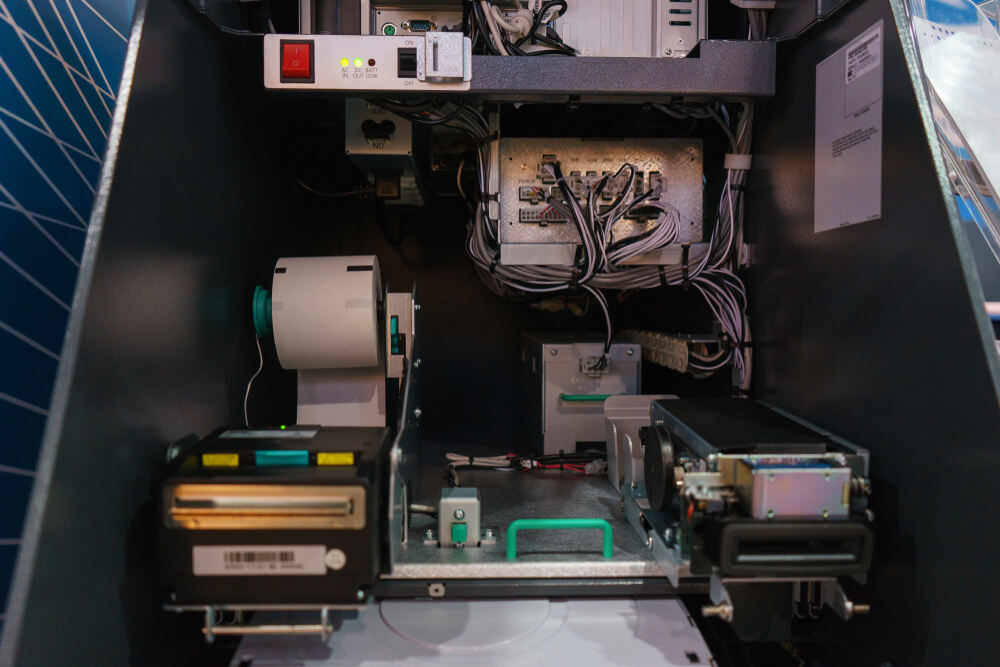Have you ever wondered how businesses like stores, banks, and online shops handle all those transaction processing system—like when you buy a toy, your parents pay for groceries, or someone sends money through an app? So, the secret behind making sure everything runs smoothly is something which they call the Transaction Processing System (TPS).
Moreover, in this guide, we’re going to explore what TPS is, how it works, and how it connects with other cool business technologies to keep things running like a well-oiled machine. Whether you’re buying something at a store, ordering online, or even when your favorite game updates your account with new coins, TPS is there to make it happen.
1. What is a Transaction Processing System (TPS)?
So, let’s start with the basics. Moreover, a Transaction Processing System, or TPS, is like the brain of any business operation that handles transactions. But what’s a transaction? Simply put, a transaction is any exchange of value between two parties. For example, when you buy ice cream, you give the cashier money (or your parents’ card), and in return, you get that delicious cone. Moreover, that exchange is a transaction!
Now, TPS is the technology that makes sure all these transactions are taken care of quickly and correctly. So, it keeps track of everything, making sure that the money is from the right place, they record the items, and everyone gets what they should.
Key Functions of TPS:
- Processing Transactions: TPS makes sure to record and complete every transaction. This includes updating the inventory (like subtracting one ice cream cone from the total stock) and updating financial records.
- Real-Time Processing: Many TPS systems work in real-time, meaning as soon as a transaction happens, the system updates everything instantly.
- Reliability: TPS is super reliable. It needs to work all the time because businesses can’t afford to lose transactions or make mistakes.
2. Types of Transactions Handled by TPS
So, TPS can handle different kinds of transaction processing system depending on the business. Moreover, let’s look at some examples:
- Sales Transactions: When you buy something from a store, whether it’s in-person or online, TPS processes the sale, updates the inventory, and records the payment.
- Banking Transactions: When someone deposits or withdraws money from a bank, TPS ensures the correct amount is added or subtracted from their account.
- Order Processing: When you order something online, TPS keeps track of the order, ensures the payment goes through, and triggers the delivery process.
- Reservations: For booking flights, hotel rooms, or movie tickets, TPS manages the availability and confirms the reservation.
3. How TPS Integrates with Other Business Technologies
So, now, let’s get into the really interesting part—how TPS connects with other technologies to make sure businesses run smoothly.
a. Point of Sale (POS) Systems
So, one of the most common integrations is with Point of Sale (POS) systems. A POS system is what you see when you go to a store or restaurant and the cashier scans your items or inputs your order.
- Integration with TPS: When you pay for something, the POS system communicates with the TPS to process the payment, update the inventory, and issue a receipt. So, it ensures the transaction is recorded and that the store’s inventory is updated immediately.
b. Inventory Management Systems
So, imagine a store that sells toys. Every time a toy is sold, the store needs to know how many are left so they can order more if they’re running low. Moreover, this is where Inventory Management Systems come into play.
- Integration with TPS: TPS transaction processing works with the Inventory Management System to automatically update the inventory every time a sale is made. This helps businesses keep track of their stock and avoid running out of products.
c. Customer Relationship Management (CRM) Systems
So, a CRM system helps businesses manage their interactions with customers. It keeps track of customer information, purchase history, preferences, and more.
- Integration with TPS: TPS provides CRM systems with data about customer transaction processing system. This helps businesses understand their customers better, offer personalized deals, and improve customer service.
d. E-Commerce Platforms
So, E-commerce platforms are online stores where you can buy things—like Amazon, eBay, or even a small business’s website.
- Integration with TPS: TPS is crucial for e-commerce platforms. It processes online payments, updates inventory, and ensures that orders are placed correctly. It also communicates with shipping and fulfillment systems to make sure the products are delivered to the right place.
e. Accounting Systems
So, accounting ATM machine transaction processing systems keep track of all the money that comes in and goes out of a business. hey help businesses manage their finances, pay bills, and prepare financial reports.
- Integration with TPS: Every time a transaction happens, TPS sends the data to the accounting system. This helps businesses keep accurate financial records, track expenses, and manage their budgets.
f. Human Resource Management (HRM) Systems
Human Resource Management systems handle everything related to employees, from payroll to attendance tracking.
- Integration with TPS: For businesses where employee transactions are involved, like paying salaries or reimbursing expenses, TPS integrates with HRM systems to ensure that employees are paid accurately and on time.
g. Supply Chain Management (SCM) Systems
Supply Chain Management systems help businesses manage the flow of goods, information, and money between suppliers, manufacturers, and customers.
- Integration with TPS: TPS works with SCM systems to track orders, manage inventory, and ensure that products move smoothly from suppliers to customers. It helps in tracking everything from raw materials to finished products.
Conclusion: The Magic of TPS
ATM transaction process Systems might seem like a complicated topic, but as you’ve learned, they’re really just super smart systems that help businesses operate smoothly and efficiently. Whether you’re buying a new game online, paying for your lunch, or booking a trip, TPS is there to make sure everything goes right. The next time you’re at a store or shopping online, remember that there’s a whole world of technology working behind the scenes to make your experience fast, easy, and secure—all thanks to TPS




